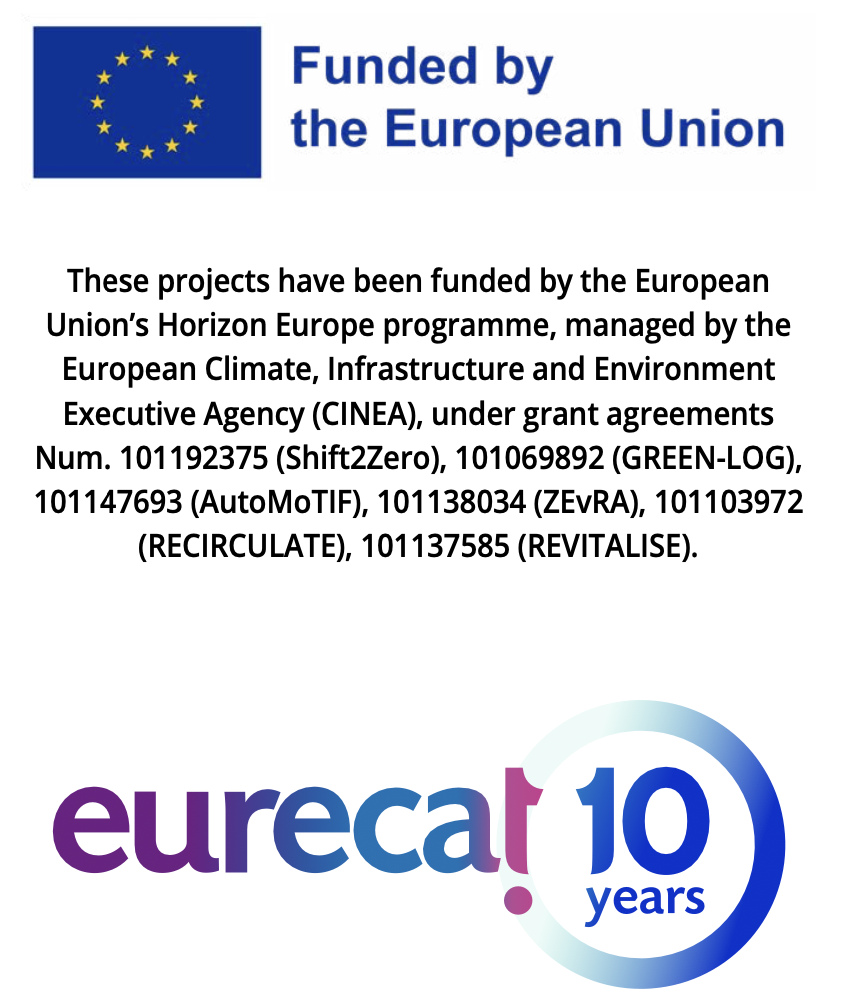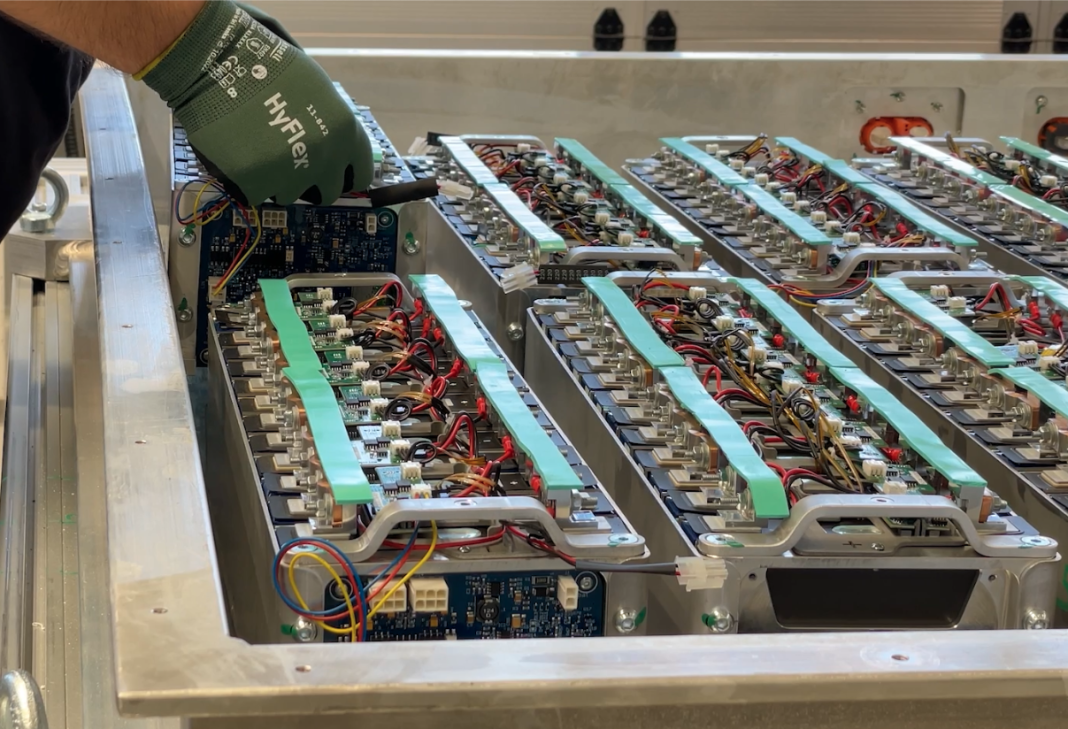Advancing circular and sustainable urban mobility and logistics are essential for the future of Europe’s green transition and achieving the European Union’s (EU) climate neutrality goal by 2050, as highlighted here by Irene Jubany from the Eurecat Technology Centre
Transforming urban mobility and logistics is crucial to advancing Europe’s green transition and achieving the EU’s climate neutrality target for 2050, as outlined in the European Green Deal, the Fit for 55 initiative, and new battery regulations. At the forefront of this shift, the Eurecat Technology Centre drives innovation in circularity, reducing environmental impact, and promotes smart, sustainable systems.
Towards carbon-free last-mile logistics
Urban freight is expected to account for 32% of the transport sector greenhouse gas emissions by 2030, according to the World Economic Forum. The EU-funded Shift2Zero project, coordinated by Eurecat, aims to develop new functionalities for light electric commercial vehicles adapted to urban delivery and logistics operators’ needs. Shift2Zero proposes flexible designs for vehicle platforms to carry both goods and passengers and swap their operation modality quickly for faster transportation, modular cargo units, and the inclusion of features such as geofencing, energy-efficient heating and bidirectional charging.
Pilot tests in six European cities are validating the innovations in real-world applications, including e-commerce, reverse and cold-chain logistics, to ensure that solutions meet real-world demands and support the reduction of emissions.
On the other hand, through the GREEN-LOG project, Eurecat contributes to creating a holistic last-mile delivery ecosystem that is economically, environmentally and socially sustainable. The project introduces innovative models, such as Logistics-as-a-Service (LaaS), cargo bike networks, and autonomous and multimodal delivery systems integrated with public transportation.
GREEN-LOG’s planning tools, including high-fidelity simulations, enable stakeholders, such as service providers, city officials, and infrastructure operators, to evaluate logistics strategies and coordinate in real time to reduce congestion, emissions, and operational costs.
These systems are tested across five urban scenarios to evaluate their impact and acceptance as flexible, sustainable, and scalable delivery ecosystems for consumers, businesses, and urban authorities.
Enabling automated multimodal transport
Automation is a key enabler for future logistics, and the AutoMoTIF project explores how it can be effectively integrated into multimodal freight systems. Through realistic simulations, the project examines how autonomous vehicles, terminals, and routing can streamline operations and improve the flow of goods.
A central pillar of AutoMoTIF is the analysis of governance frameworks, exploring how organisational models, stakeholder roles, and collaborative mechanisms can support the transition toward automation. The expected outcomes include reduced emissions, smoother traffic flow, improved working conditions, enhanced road safety, and cost-efficient operations.
All these aspects are validated in strategic European logistics nodes through real-world pilots, including automated vessel operations and port handling, shunting as a service-oriented platform, and automated multimodal yard operations.
Towards zero-emission vehicles through circular design
The ZEvRA project proposes a comprehensive, life cycle-based strategy for achieving circularity in electric vehicles, recognising that most of their environmental impact stems from raw material extraction and manufacturing. Eurecat applies its own Design for Circularity (DfC) and Harmonised Circularity Assessment (HCA) methodologies to integrate circularity and sustainability across life cycle stages.
Building on experience from other European projects such as MARBEL and Fatigue4Light, ZEvRA incorporates eco-design early in the development phase, following the 9R framework (Refuse, Rethink, Reduce, Reuse, Repair, Refurbish, Remanufacture, Repurpose, Recycle). These principles guide design decisions and support circular business models. The iterative Plan-Do-Study-Act cycle ensures actionable and adaptable circularity strategies, while the HCA, provides measurable results, helping the automotive sector meet regulatory and environmental challenges.
Revolutionising battery circularity
Eurecat is also advancing circularity in battery technology. In the RECIRCULATE project, the centre leads environmental and economic assessments using Life Cycle Assessment (LCA) and Life Cycle Costing (LCC) to quantify energy, cost, and environmental benefits. Eurecat also contributes to advancing circularity in the lithium-ion battery value chain through standardised diagnostics. Thus, the team is developing a machine learning algorithm to rapidly estimate key battery parameters, such as state of charge, health, safety, and remaining life, enabling informed decisions on reuse or recycling.
In the same context, the REVITALISE project, is developing sustainable and economically feasible recycling solutions for lithium-ion and sodium- ion batteries, such as innovative pre-treatment methods and green organic acids for hydrometallurgical recycling processes.
Pioneering smart, cleaner and more connected cities
Collaboration is key in shaping the mobility of tomorrow. Together with the Catalonia Energy Research Institute (IREC) through the Battech joint research unit, Eurecat supports technology development, innovation, and knowledge transfer with the industry and European projects.
Through these initiatives, Eurecat plays a leading role in reshaping the future of urban mobility and logistics, delivering cleaner and safer technology-driven solutions that meet the demands of modern cities.



